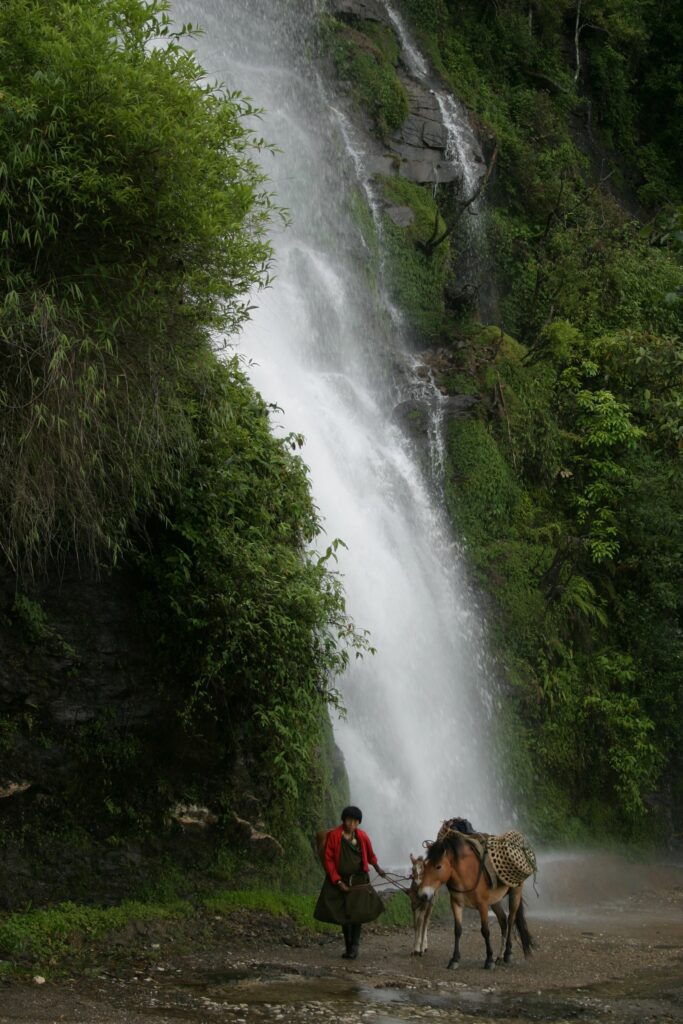Trans Bhutan Trail
The Trans Bhutan Trail spans 403km, extending from Haa in the West of Bhutan to Trashigang in the East. It is renowned as one of the world's greatest walks and one of the premier hiking routes in Asia.
The Trans Bhutan Trail spans 403km, extending from Haa in the West of Bhutan to Trashigang in the East. It is renowned as one of the world's greatest walks and one of the premier hiking routes in Asia.

The origins of the Trans Bhutan Trail can be traced back to the 16th century when it connected fortresses known as Dzongs and served as a pilgrimage route for Buddhists from the east, journeying to the sacred sites in western Bhutan and Tibet. Trail runners, also known as 'Garps', played a legendary role on the Trail, swiftly carrying essential messages and mail between Dzongs with little food or rest. The Trail played a significant role in unifying the region's provinces, defending against foreign invasions, and contributing to the formation of Bhutan as a nation in 1907.
However, by the 1960s, the Trail had fallen into disuse due to the construction of a national highway. Bridges, footpaths, and stairways deteriorated, causing separation between gewogs (villages) and landholdings, resulting in the neglect of this traditional pilgrimage route.
In 2018, under the wise leadership and vision of His Majesty, The King, the restoration of the Trail was undertaken by the Bhutan Canada Foundation, with support from the Tourism Council of Bhutan. The goal was to make the Trail accessible once again for locals, pilgrims, and travelers. During the COVID-19 crisis, with assistance from the Royal Government of Bhutan, over 900 furloughed workers contributed to the Trail's restoration, including the reconstruction of 18 bridges, hundreds of kilometers of footpaths, and more than 10,000 steps. Today, the Trail spans 403 kilometers (250 miles), stretching from Haa in the west to Trashigang in the east, and can be explored partially or in its entirety by walking, running, or biking.
